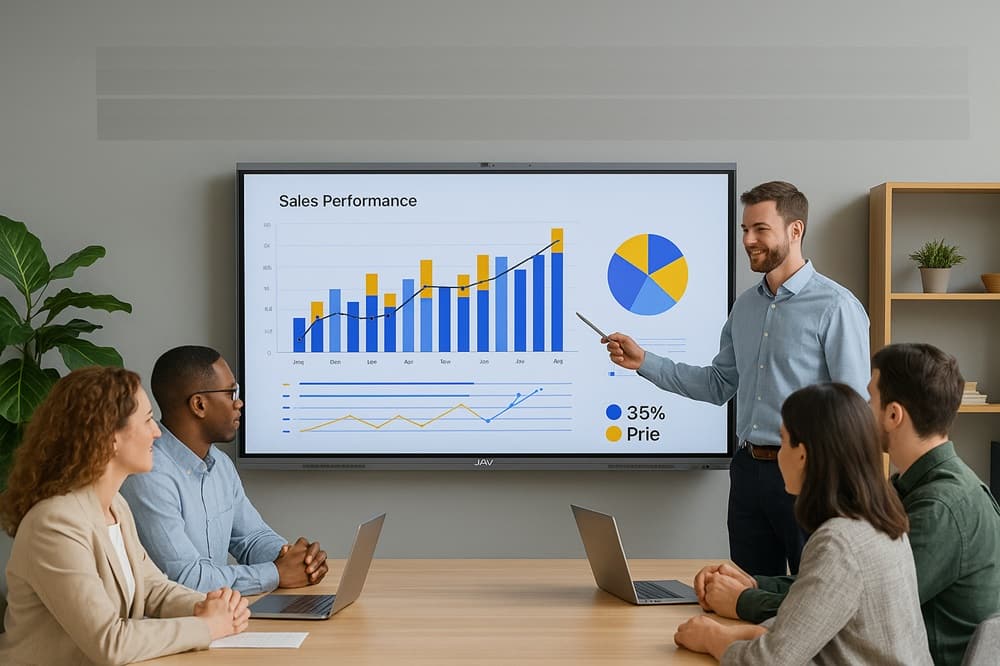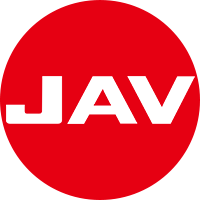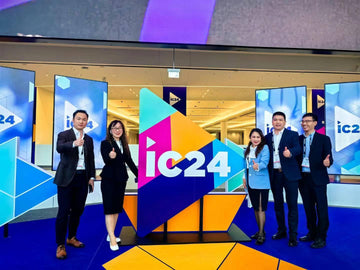
Top 5 Ways Businesses Use Smart Boards for Team Collaboration
In today’s fast-paced, digitally connected workplace, traditional whiteboards and projectors are no longer sufficient to support the dynamic needs of modern teams. Smart Boards—also known as interactive flat panels—have become powerful collaboration tools in offices around the world. With features like real-time screen sharing, multi-user interaction, and integration with business software, Smart Boards are transforming how teams communicate and get things done.
So how exactly are companies using Smart Boards to boost collaboration and productivity? Let’s explore the top 5 ways businesses are leveraging Smart Boards in their day-to-day operations.
1. Interactive Team Meetings
Gone are the days of passive presentations. With an interactive flat panel, team meetings become interactive sessions where anyone can contribute. Employees can annotate directly on shared documents, draw diagrams to explain ideas, or even bring up live data during discussions. Whether you're using PowerPoint, Google Slides, or a digital whiteboarding app, an interactive display will make meetings more engaging and result-driven.

Example Use Case:
A sales team brainstorming campaign ideas can use the Smart Board to write, rearrange, and vote on concepts in real-time—making meetings more participatory and efficient.
2. Real-Time Collaboration with Remote Teams
Smart Boards equipped with screen mirroring and video conferencing integrations (e.g., Zoom, Google Meet, Microsoft Teams) allow hybrid teams to collaborate as if they were in the same room. Team members can share their screens wirelessly, annotate from different locations, and co-edit documents in real time.

Why It Matters:
In the era of hybrid work, an interactive smart board can bridge the gap between remote and in-office employees—boosting inclusion and real-time decision-making.
3. Project Planning & Visual Management
Project managers and teams often rely on visual tools like Gantt charts, Kanban boards, or agile sprints. Smart whiteboards allow teams to display and update project dashboards on the spot. Sticky notes become digital; timelines are easily adjusted; responsibilities can be reassigned with a swipe.

Tool Integration Tip:
Use apps like Trello, Miro, or Microsoft Planner directly on the Smart Board to manage workflows collaboratively during team huddles.
4. Training & Onboarding Sessions
Interactive training sessions are far more effective than passive ones. Smart Boards can display multimedia content (videos, simulations, slides) while allowing trainers and participants to interact with the screen. This is particularly useful for onboarding new employees or providing tech and product training.
Bonus Feature:
Record your Smart Board sessions so new hires can review them later—saving HR and training teams tons of time.
5. Presentations & Client Pitches
When presenting to clients or stakeholders, interactive displays offer a polished, high-impact experience. You can display presentations, demo software, or annotate live on the screen. Need to switch between a product demo, a spreadsheet, and a browser window? Do it seamlessly—without cables or lag.

Professional Edge:
Using an interactive digital whiteboard in client meetings signals innovation, preparedness, and attention to detail—giving your business a competitive edge.
Conclusion: Smart Boards Are More Than Just a Screen
Whether you're running daily standups, managing global teams, or pitching to enterprise clients, Smart Boards offer a flexible, intuitive, and professional-grade solution. They transform static meetings into dynamic collaboration hubs—helping teams move faster, think clearer, and work better together.
If you are looking to empower your workplace with a smarter solution, be sure to check out JAV H10S Pro Smart Board, your all-in-one solution for modern, interactive teamwork.




0 comments